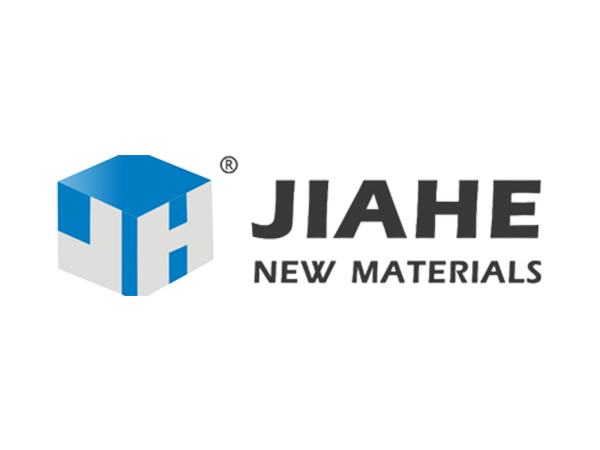The main component of Zeolite 4A is aluminosilicate, and its chemical formula is usually expressed as Na₁₂[(AlO₂)₁₂(SiO₂)₁₂]·27H₂O. This molecular structure consists of silicon-oxygen tetrahedrons and aluminum-oxygen tetrahedrons, forming a three-dimensional framework by sharing oxygen atoms. The crystal structure of Zeolite 4A belongs to the cubic crystal system, and each unit cell contains 192 oxygen atoms and 192 cations, of which 48 are sodium ions.
1. Micropore system: The micropore size of Zeolite 4A is about 4.1 Å (angstroms), which enables it to adsorb molecules with a diameter smaller than 4.1 Å, while showing repulsion to molecules larger than this size.
2. Ion exchange capacity: Due to the large amount of sodium ions in its structure, Zeolite 4A has a strong cation exchange capacity, which plays a key role in a variety of applications.
3. High specific surface area: Zeolite 4A has a large specific surface area of about 700-800 m²/g, which provides a large number of adsorption sites and enhances its adsorption performance.
With the advancement of science and technology and the improvement of environmental protection requirements, the application prospects of Zeolite 4A will be broader. Researchers are exploring its potential applications in new materials, biomedicine and other fields. In addition, by improving the synthesis process and functionalization treatment, the performance of Zeolite 4A is expected to be further improved to meet more emerging needs.


